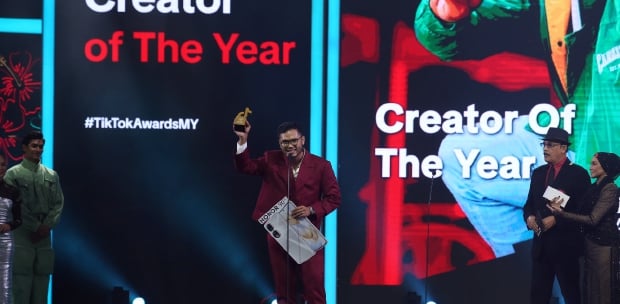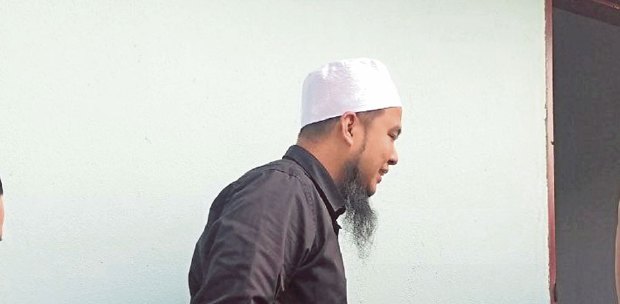When beloved social media cooking guru Khairul Amir launched his special blend of chilli paste, Sambal Nyet, 10,000 bottles were sold out in less than an hour.
At a time when celebrity chefs are dominating social media's "food sphere", Khairul's fun, hassle-free and pressure-less cooking stands out like a bed of daffodils on the cracks of a concrete sidewalk.
After four years of consistently building his platform, Khairul decided on a product line for his 3.5 million followers. Some observers attributed his viral product launch to the effectiveness of "personal branding", but it is more than that — Khairul is a strategic, consistent and creative content creator.
If his success is an indicator of an observable trend, it is a potent signifier of the arrival and growing surge of Malaysia's creator economy.
Another success story is Mr Beast who has more than 49 million subscribers, earning US$24 million since his first breakthrough four years ago and is currently the second-highest-paid YouTuber in the world. His content evolved from hours-long stunts to heartwarming videos of charitable acts.
He has given away millions of dollars to homeless people, waitresses, Uber drivers, random strangers and recently launched a restaurant chain called Mr Beast Burger. He gave away US$100 cash for every order on its launch day. Mr Beast's viral philanthropy trend is also becoming very popular in Malaysia.
Preacher Ustaz Ebit Lew is uniting Malaysians in hope after videos of his charitable acts went viral. Scenes of the struggles that he and his team go through to help those in need are unique to his videos. His tearful pleas for help and remorse about his inability to help everyone have not only moved the general public, but celebrities, corporate leaders and parliamentarians too.
With outstanding organic content reshares and more than 50 million views on YouTube, Ustaz Ebit Lew can expect a higher rate of compassionate crowdsourcing to help his cause in the future.
Venture capital firm SignalFire said a new classification of "small business" is emerging as the financial opportunities to become a creator expand with lower entry barriers and more platforms.
Platforms like Snapchat are investing in tools to retain viral creators on their site by paying them based on video views. Snapchat Spotlight gives users a chance to get a cut of US$1 million daily.
The creator economy is not limited to the social sphere. Substack, an online platform that provides publishing and management tools to support subscription newsletter, said its top 10 creators bring in US$7 million annually. The biggest star is a Boston College history professor, Heather Cox Richardson, and her daily newsletter on the state of American politics. She is expected to earn US$1 million from subscriptions this year.
Perhaps one of the biggest pandemic success stories is the social game developer platform Roblox. It currently has more than 164 million active users and has paid more than US$250 million to its developers last year. Children spending time on Roblox are not only having fun, they are also learning the skills of critical thinking, worldbuilding, design, teamwork and coding when developing games on the platform.
The rapid expansion of the creator economy is unprecedented. It will help reduce the job market's reliance on the gig economy, where big corporations have been found to abuse and oppress the most economically vulnerable group.
Admittedly, the creator economy is not without its shortcomings. A recent article in the Harvard Business Review by Li Jin illustrates how content creators' wealth and opportunities are still mainly concentrated at the top, that inequality is inevitable among creators, but there exists a need for "middle class creators".
For us, however, the creator economy may worsen income and wealth inequality if nothing is done to address the systemic and structural issues with technology. The need to improve Internet connectivity nationwide, quality of service, competitive pricing, access to devices in rural and poor areas, as well as the need to bridge the language gap and nurture talents who have great potential to take part in the economy is more pressing than ever before.
We need to remember, though, that in this economy, creators not only earn income from making and distributing online content. Monetisation opportunities are diversified with sponsorship, collaboration, subscription and merchandising.
The robust growth of independent creator platforms on top established mass-market platforms such as YouTube and Instagram has opened content distribution opportunities like never before.
The writer is a brand consultant who finds gratification and wisdom in the exploration of culture, technology, innovation and current affairs as they intersect in our constantly evolving and complicated world
The views expressed in this article are the author's own and do not necessarily reflect those of the New Straits Times






